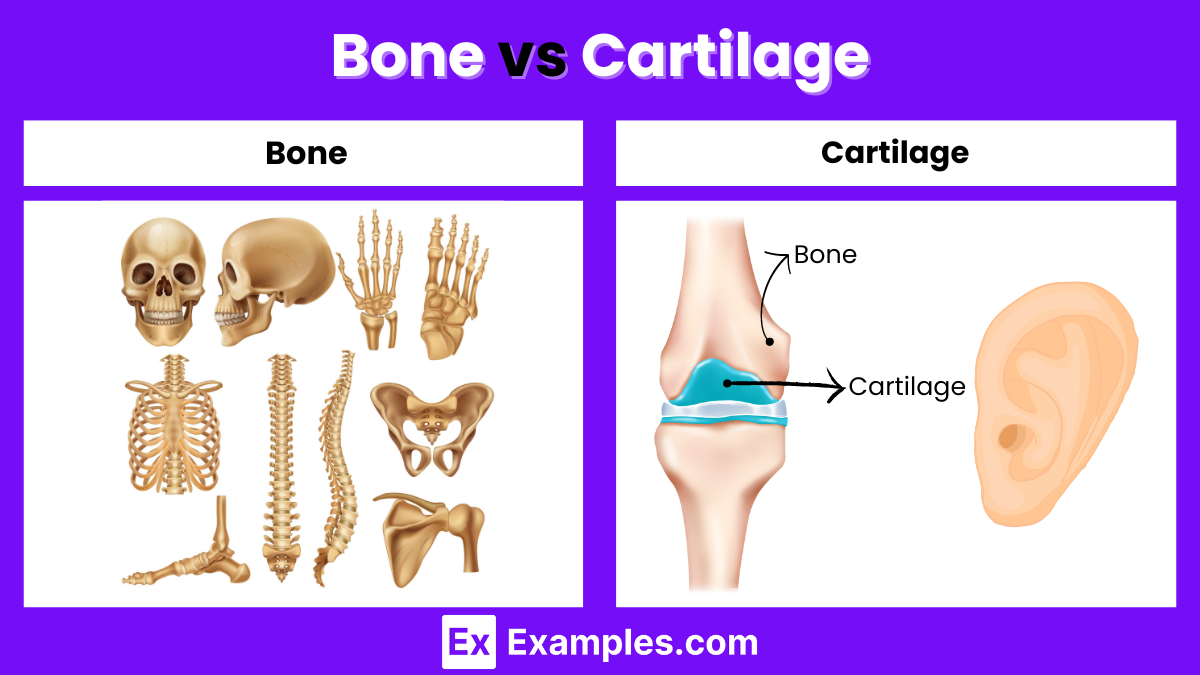Which of the following statements best describes the structure of bones?
Bones are soft and flexible tissues
Bones are rigid and contain a mineral matrix
Bones are composed only of cells and no matrix
Bones are made up of elastic fibers and lack a solid structure




